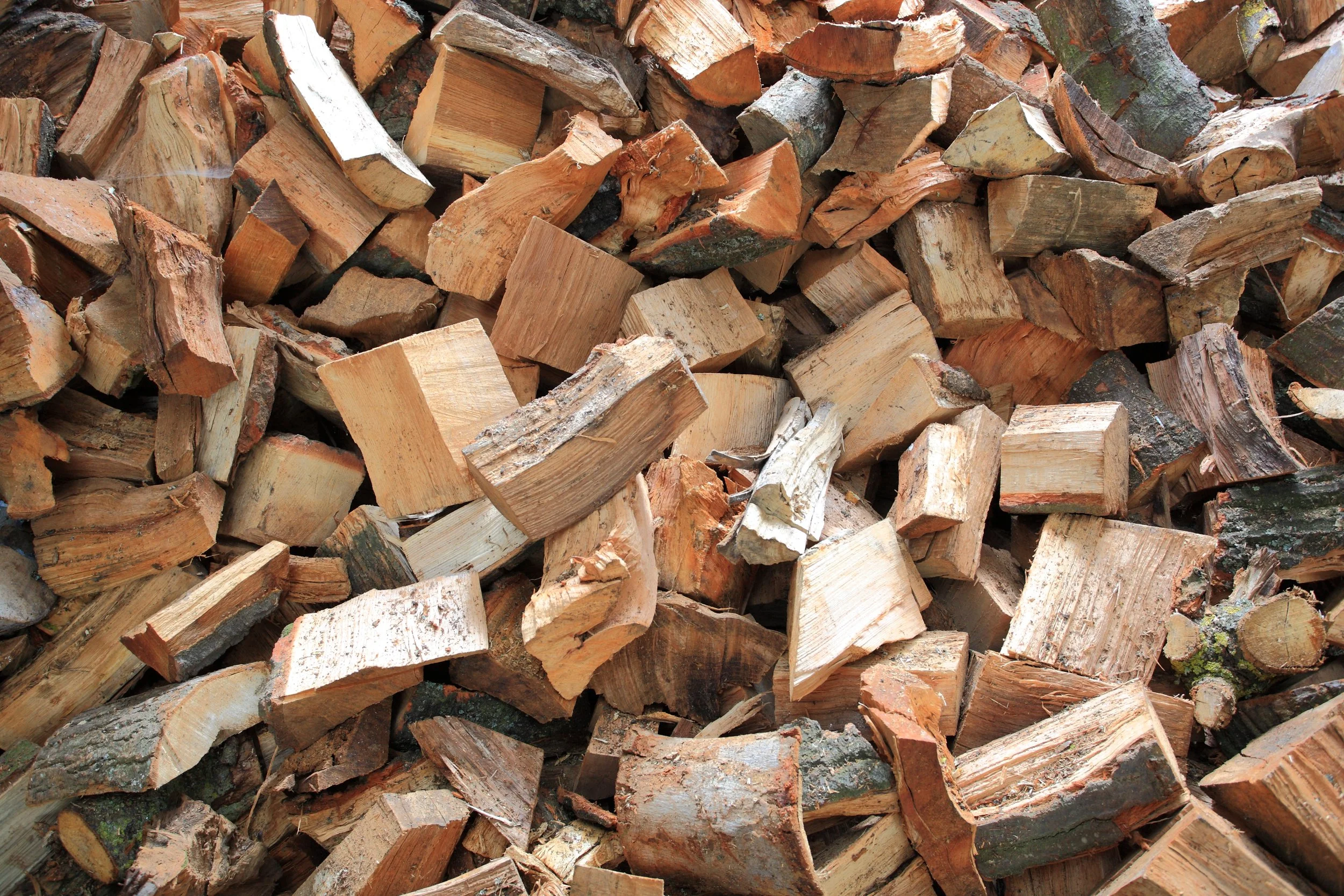Not all firewood is created equal! Our quick guide breaks down which types of wood are best for your needs provides an explanation on the difference between seasoned and unseasoned wood.
October Tree of the Month: Ash
The Ash tree, Fraxinus excelsior, was once one of the most commonly found trees in Devon. At one point estimated to represent 22% of all broadleaved trees in the county, Ash are a common feature of the Devon hedge as well as being widespread throughout both woodland and urban environments. Tragically our population of mature Ash trees, once assessed to number several millions, has been devastated by Ash Dieback Disease (ADD), also known as “Chalara”. It is estimated that Devon will lose up to 95% of all it’s woodland Ash and 50% of all it’s roadside Ash by the time the disease has begun to decline. As well as destroying a large stock of beautiful, well established trees, this loss will have notable consequences for our biodiversity and as such the mitigation of ADD is high priority job for a huge range of people, tree surgeons included.
September Tree of the Month: Rowan
This month we’re taking a look at the Rowan tree, Sorbus acuparia. A common sight throughout the UK, their striking red berries are usually in full fruit by September, and their beautiful foliage is just on the point of taking on their vibrant autumn colour. Also referred to as the “Mountain Ash”, due to their physical similarities, Rowan trees are hardy, vigorous and extremely beneficial to a huge range of our native wildlife.
August Tree of the Month: Oak
Keeping Trees Happy and Healthy in the Heat
When watering our gardens and allotments it can be easy to forget that trees also need extra support in drier periods, but they really do! Putting in the extra effort to water and care for your tree during hot summers and droughts can have a huge impact on the ongoing health and growth of the tree, so it is well worth dedicating a little more time to them and even planning ahead for future years.
July Tree of the Month: Wild Cherry
One of our shortest lived native tree species, the Wild Cherry (Prunus avium, also known as the Sweet Cherry or Bird Cherry) is also one of our showiest! Profusions of snow white blossoms herald the spring and early summer, followed later in the year by bunches of petite, brilliant red cherries. A huge favourite with our native bird life (hence the secondary name, “Bird Cherry”) these trees are the ancient ancestor of the cultivated Cherry and are perfectly at home in the wild and in the garden.
June Tree of the Month: Beech
An ancient and well known inhabitant of the British landscape, the Beech tree (Fagus sylvatica) is one of our biggest trees, capable of reaching up to 40 metres in height and developing a huge, spreading crown. Traditionally considered as the queen of British trees, in contrast to the Oak tree as king, their sturdy, shapely limbs and rich green foliage contribute to their elegant beauty. No walk in the woods would be complete without encountering one (or several!) of these majestic trees, some of which are capable of living for hundreds and hundreds of years!
May Tree of the Month: Hawthorn
A common sight across the UK, the Hawthorn (Crataegus monogyna) is at its most conspicuous during the month of May, when it bursts into profuse blossom; this phenomenon is so regular and emphatic that the Hawthorn is also commonly known as the May tree and has become particularly associated with May Day festivities.
April Tree of the Month: Crab Apple
With its delicate pink and white blossoms and delicious scent, the Crab Apple (Malus sylvestris) is one of our loveliest heralds of spring and an Ancient ancestor to the cultivated apple we are all familiar with. Widespread across Britain and Europe, Crab Apples are hardy, attractive little trees capable of living for up to 100 years, although today many of the wild apple trees you come across are more likely to be the offspring of a cultivated apple rather than the true wild Crab.
March Tree of the Month: Hazel
The Hazel tree (Corylus avellana) is a common sight across the UK, usually growing in managed coppices; in fact, coppicing Hazels is so normal you might be surprised to learn that it really is a tree and not a large shrub! Hazel trees have been a feature of our landscapes and our mythology for aeons, and their nuts are enjoyed by people and animals alike.










